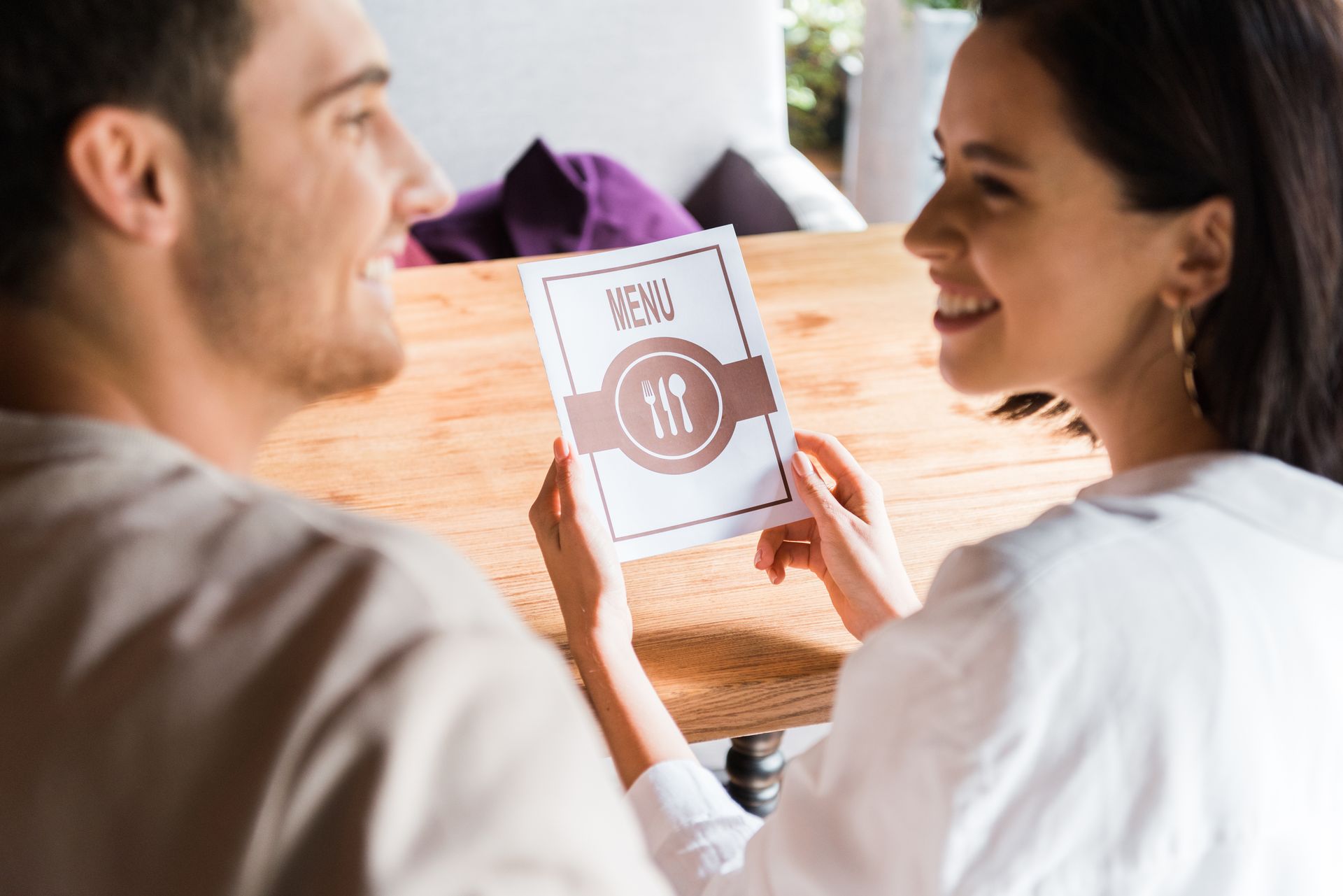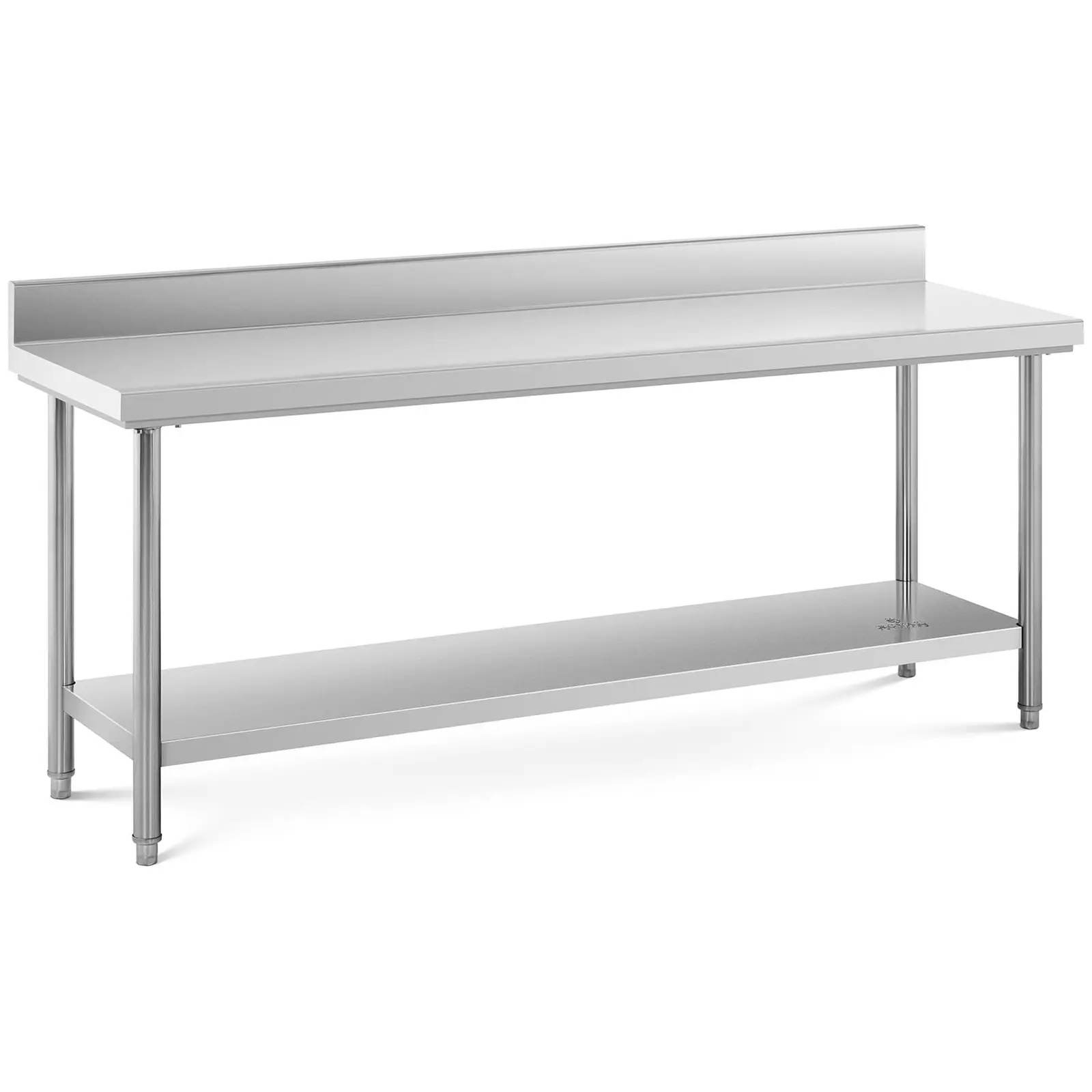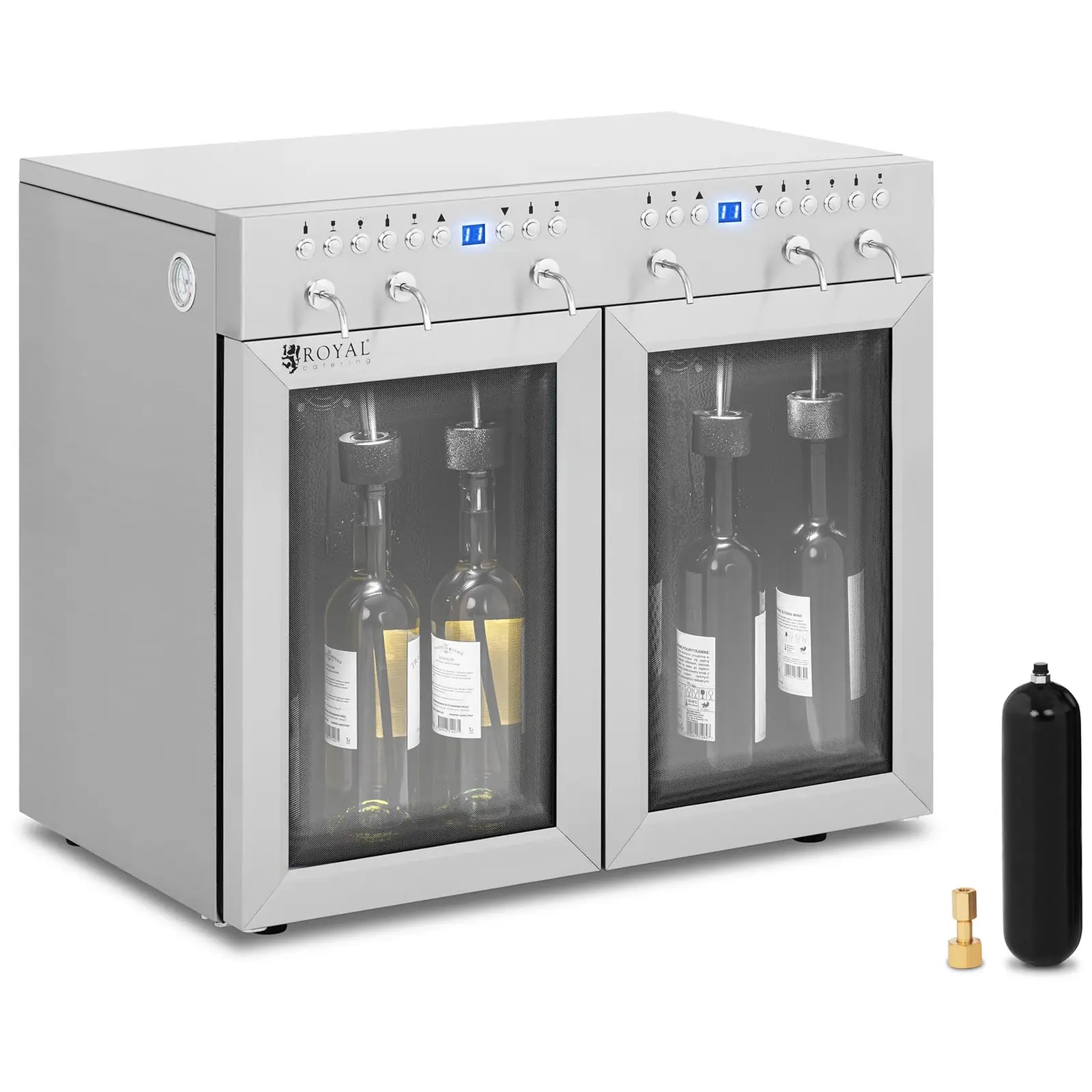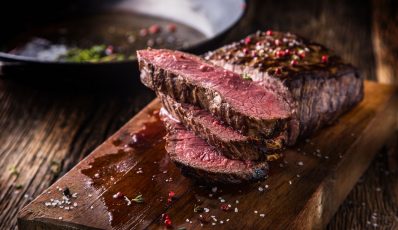Delicious and well-presented dishes, a unique decor and professional service are not enough to be successful in the catering business. Your restaurant’s menu will be one of the key success factors in the long run. There are a number of aspects to consider in order for both the contents and the design of your menu to perfectly match your business concept.

Delicious and well-presented dishes, a unique decor and professional service are not enough to be successful in the catering business. Your restaurant’s menu will be one of the key success factors in the long run. There are a number of aspects to consider in order for both the contents and the design of your menu to perfectly match your business concept.
This may seem like an easy task, but the time and devotion that goes into the menu is the key to amazing culinary experiences. So if you are looking for menu inspiration and would like to find out more about creating the perfect menu for your restaurant, then our guide is for you.
Restaurant menu design
Before deciding what to eat, most restaurant customers will want to see your full offer, so a good menu is vital. Of course, the content is what your customers are really interested in, but the first thing they will notice is the cover. This plays quite a significant psychological role in the way your customers will perceive your restaurant.
A worn and torn menu cover, even if with a nice design, will make your guests associate this with the general feel of your restaurant. So apart from an interesting design, the right colour scheme and other aesthetic qualities, good quality materials are also important. When deciding on a specific material and finish, consider what it will look like after being used by many different customers.
An interesting solution could be a restaurant menu in the form of one large menu card, an alternative to a classic menu in the form of a book.
Another, equally important issue is the font. Its shape and colour must, above all, be easy to read. Menus with fancy letters, which will need to be decoded by your customers each time they visit, is not a good idea. Experienced restaurateurs will agree that standard fonts like Calibri or Times New Roman work best in such cases. It is far better to impress your customers with the quality of your dishes than to try to wow them with your overly-artistic menu card.
When designing your restaurant menu, try to keep it as short as possible. Of course, the definition of “short” largely depends on the number of dishes on offer, but bear in mind that the shorter the menu, the easier it will be for customers to make a decision and choose a specific dish.
When creating a restaurant menu, it is also vital to ensure linguistic correctness. Even the smallest spelling, stylistic or punctuation errors could have a far-fetching influence on the way your customers will perceive your restaurant. It is also important that you make sure you use the correct spelling of foreign dishes, so carefully check this before the menu goes to print.
A great way to use the menu as promotional material is to add information such as the name, address and restaurant opening hours, and of course do not forget about the logo of your restaurant. Another promotional idea could be information about the Head Chef, for example a short biography.
If you are in a typical tourist location, you may also want to prepare foreign language versions, depending on where most of your foreign customers come from. These could be below the description of each dish, or in the form of a separate menu card.
Two menu cards instead of one
Foreign language versions are not the only reason to have more than one version of your menu. Together with your standard menu, you could also prepare a wine list or additional seasonal menu, depending on the time of year.
A separate kids menu is vital in restaurants popular with families. Letting your customers know that their children are equally important customers will definitely impact the overall experience of your guests. In the case of restaurants that organise special events, you should also prepare a separate menu for such occasions.
Restaurant menu breakdown
You already know that the restaurant menu must be easy to read. Although the colours and font style or size are key, it is also important to divide the menu into sections to maintain their order of appearance. By doing so, customers will not have to browse the entire menu in search of the dish they are interested in, and a quick overview of the menu will be more convenient for both your guests and your staff.
When creating your menu, depending on the dishes available in your restaurant, divide it into such groups as salads, soups, snacks, fish, poultry, meat, side dishes, desserts, and other ideas such as dish of the day. Many restaurateurs also recommend ordering the menu items from the cheapest to the most expensive in each section, although opinions are mixed in this aspect. Information such as the weight or spice level rating of each dish would also increase the overall customer experience.
Menu pictures
Another way to attract the attention of your guests to specific menu items is including pictures of each dish. Although this practice is quite rare and is mainly associated with pizza restaurants or fast food bars, a well thought-out graphic design, matching the rest of the menu, can positively influence the decisions of your customers. Photos of mouth-watering dishes could enhance the choices of your guests, including the decision to eat at your restaurant in the first place.
Menu item descriptions
Some restaurants present their dishes using a regional dialect, or other fancy, unusual names. This can be a good idea, making your restaurant stand out from the competition. However, remember to include a description of the dish in a way that all your customers will understand. And remember to include the price.
The quality of the descriptions are extremely important, in order to make sure they don’t mislead your customers into ordering something that they didn’t really want. Therefore, anything unclear should be corrected as soon as possible.
What else can influence the quality of your menu?
The above basic rules for creating a restaurant menu require extensive knowledge. However, they are essential if you want your restaurant to be well perceived by your customers. You could additionally add information about allergens in specific dishes, so that your guests can be sure that your dishes are not harmful for their health.
Summary
Your restaurant’s menu is the key to your success. So if you want to make a good impression on your customers and interest them in your menu offer, consider the style, format and everything else related to your restaurant menu. You should, of course, take into account the catering possibilities in your restaurant and the type of menu you want to offer. The menu should represent our concept, and at the same time be easy for customers to read.










Share